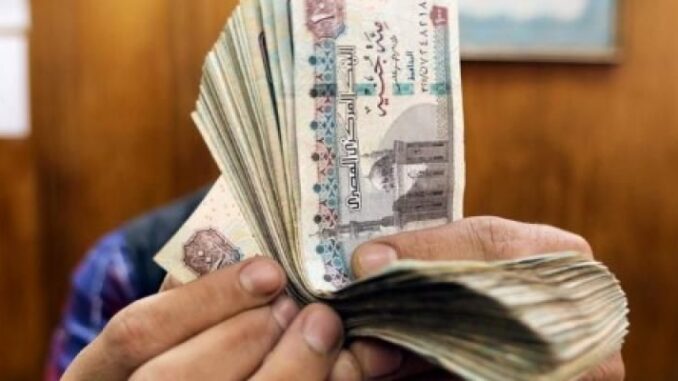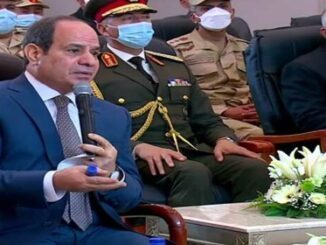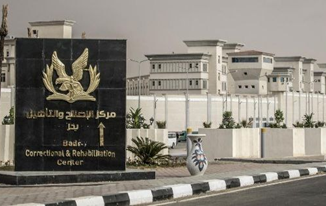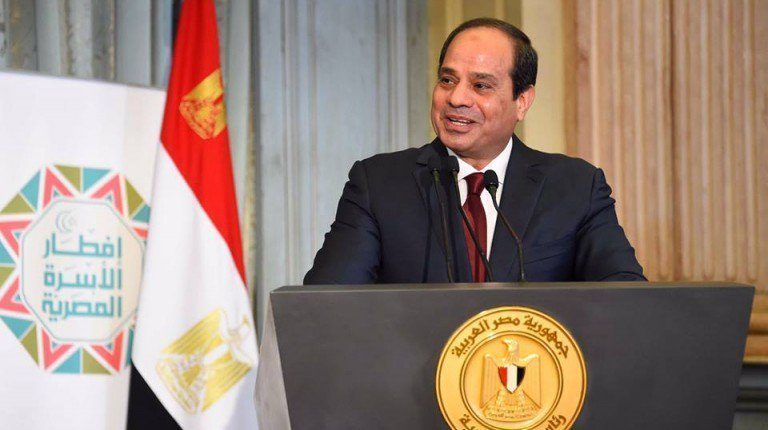
The deficit in Egypt’s net foreign assets continued to rise for the second month in a row, according to recent data from CBA.
The deficit in the banking sector, including the Central Bank of Egypt (CBE), rose by about $1.47 billion last March, to reach $24.46 billion (about EGP 75 billion), compared to about $23 billion in February.
The Net Foreign Assets (NFAs), which represent banking system assets owed by non-residents minus liabilities, have helped the central bank to support Egypt’s currency over the past two years
Egypt’s NFAs deficit rose by about $1.47 billion in March, bringing the total drawdown in the first quarter of the year to $4.47 billion, central bank data showed, a development that may prompt a consultation with the IMF.
Almost all of the deficit represented NFAs with banks.
NFAs, which represent banking system assets owed by non-residents minus liabilities, have helped the central bank to support Egypt’s currency over the past two years.
However, under a $3 billion financial support package agreed with the International Monetary Fund in December, Egypt agreed not to use the bank NFAs to stabilise or guarantee the level of the exchange rate and to consult with the IMF on possible action if banks’ NFAs decline by $2 billion over any three-month period.
The rise in the NFA deficit in March was the third in as many months. NFAs fell to a negative 755.57 billion pounds from minus 704.23 billion at the end of February.
That equates to a March decline of $1.47 billion using end-of-month central bank exchange rates, Reuters calculations show. The NFA deficit rose by $1.3 billion in February and $1.7 billion in January.
The central bank let the pound’s official price depreciate against the dollar by 0.87% in the first half of March to about 30.90 to the dollar, where it has since remained despite growing pressure to allow a devaluation. Street dealers this week were offering to buy dollars at 37 pounds.
The IMF said in December that Egypt had been financing its current account deficit by drawing down net foreign assets at banks.
The net foreign assets in Egypt used to record a surplus, until the end of January 2022, before turning into a deficit by February of the same year.
This came in coincidence with Russia’s invasion of Ukraine and the exit of hot money of over $20 billion, to start recording a wide-range deficit in the following months, excluding November and December, which witnessed an improvement in the deficit in conjunction with a noticeable improvement in financing flows to the banking sector through more offerings of treasury bills and bonds, in what appeared to be a limited breakthrough, according to Mada Masr.
Egypt’s NFAs had stood at a positive 248 billion pounds in September 2021, before the decline began.
In coincidence with the widening deficit of commercial banks, the Standard & Poor’s credit rating agency has lowered its outlook for three major Egyptian banks: Al Ahly (National Bank of Egypt), Banque Misr, and CIB, from stable to negative, reflecting likeliness of downgrading the credit rating of these banks in the future.
Last February, also Moody’s downgraded the long-term bank deposits of five Egyptian banks by one degree, which reflects the agency’s view of these banks’ ability to pay their obligations and the expected financial losses from defaulting on obligations.
The global interest rate hike has reportedly led to the CBE’s reluctance to issue treasury bills and bonds denominated in dollars except for extreme need, which contributed to the cessation of capital flows in foreign currency in hot money, in addition to the cessation witnessed by the state-owned companies’ offering program.
This suggests that the deficit will continue to widen during the coming period unless the government succeeds to stimulate foreign investment again.



